issaquah podiatrist
Displaying items by tag: issaquah podiatrist
Dr. Brandon Nelson Discusses How to Get the Most Out of Your Bunion Surgery
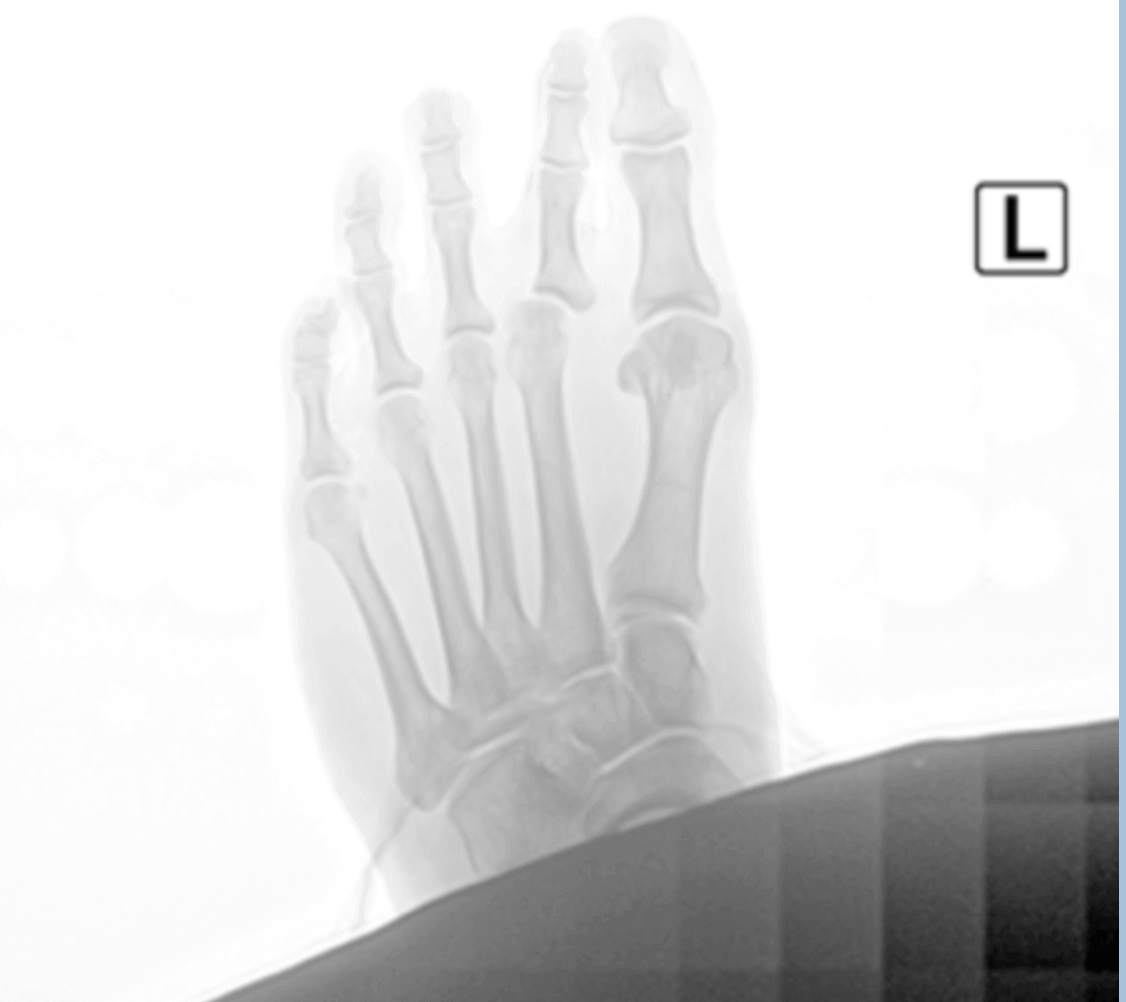
At Issaquah Foot and Ankle Specialists we average about 3-5 bunion surgeries every week. We find a lot of variation in bunion deformities from pediatrics bunion to Tailor's bunions. Bunions can have many different causes and it’s important to address all these deforming forces in order to maximize outcomes. Some people benefit from what's called a distal or metatarsal head procedure, others will need a more proximal or base procedure.
The majority of bunion procedures we performed patients are usually walking the first day after surgery. The limiting factor is usually swelling or pain at the operative site. We try to encourage patients to ambulate early and do functional range of motion quickly to maximize outcomes. The majority of bunion surgeries we provide at our clinic have great and quick outcomes. If you have bunion pain additionally we have many conservative options that we can provide for patients.
Dr. Timothy Young Talks About Shockwave Therapy And How Long It Lasts
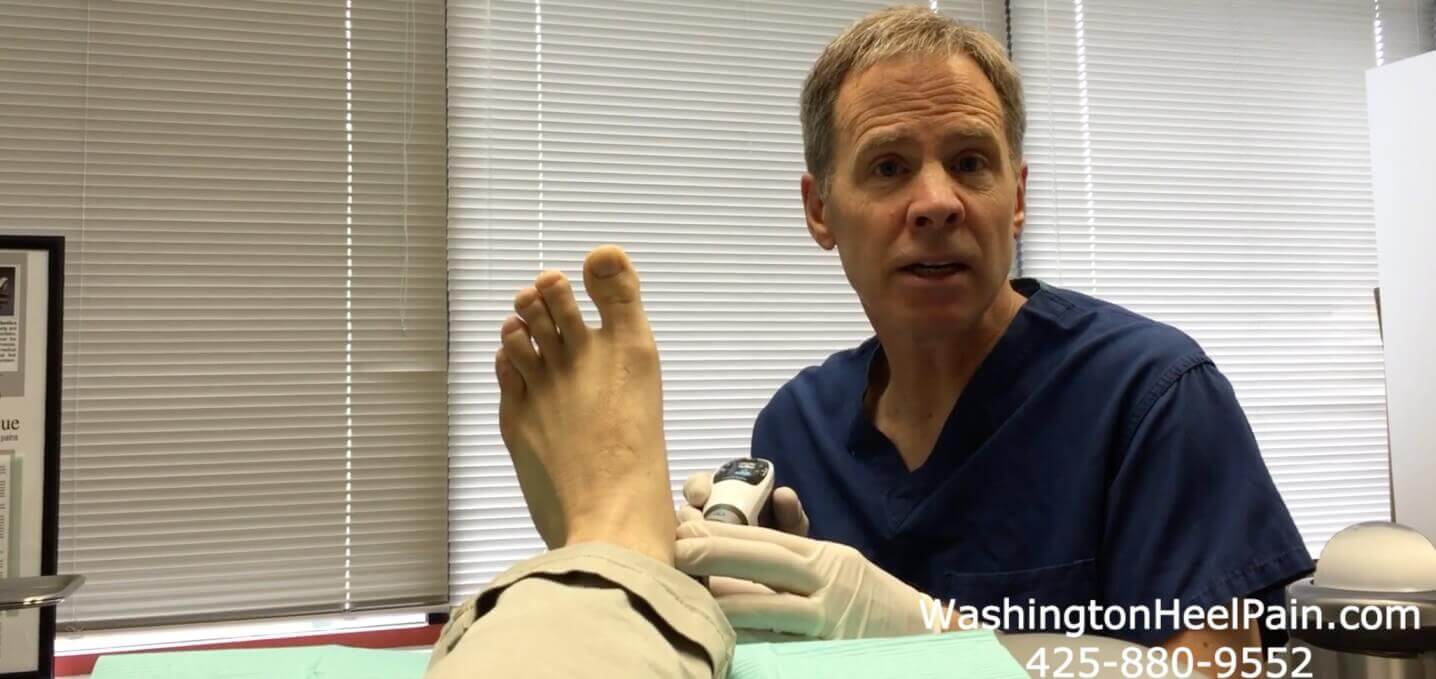
Shockwave therapy is one of the newer and most effective treatments for stubborn plantar fasciitis. It is also an excellent treatment for Achilles tendinitis and other tendon and musculoskeletal problems that we see. It is typical for shockwave therapy to be done anywhere from 3-5 treatments usually with 1-2 week intervals. The treatment results in progressive reduction in your symptoms over a period of 3–4 months from the onset of treatment. Once the treatment is complete most patients do not need additional treatment in this regard.
There are a few exceptions where a short mini series of 2 or 3 treatments may be done at 3 or 4 months from the start of treatment for exceptionally stubborn cases. For the majority of our patients that have this treatment they are pain-free and do not have recurrence of the plantar fasciitis symptoms for a period of years. It is important to keep doing proactive "maintenance such as making sure that you wear your orthotics, stretching your calf, and not going barefoot at home. Failure to do some of these treatments could result in recurrence of plantar fasciitis or reinjury.
Dr. Brandon Nelson Discusses The Best Treatment Option For Neuromas
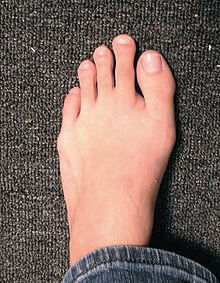
Neuromas often cause a considerable amount of pain for patients. Typically a neuroma will cause a burning pain between the 3rd and 4th digit. Patients often experience increased pain with wearing shoes and walking. A common phrase we hear is a patient will feel like their sock is balled up in their shoe. Neuromas typically progress and become increasingly painful. I find it to be important to treat them early, this seems to help my patients to get back to normal activities as soon as possible.
I find alcohol injection therapy to be the most effective tool in getting rid of neuromas. I see patients that have had multiple cortisone injections and physical therapy all to no avail. The sclerosing injection therapy works extremely well for patients. The literature success rate is reported to be almost 90%. I find it to be helpful even for patients that are contemplating surgical removal of the neuroma. If you have burning or tingling in your toes or have been diagnosed with a neuroma we can help.
Give us a call at 425-391-8666 or make an appointment online.
Dr. Young Talks About Lateral Column Pain and Lateral Overload

Dr. Young Talks About Lateral Column Pain and Lateral Overload
This is a subject that I have talked about previously. I wanted to revisit this and summarize this problem and condition. The lateral column of the foot encompasses the fourth and fifth metatarsals. This is the outside of the foot that includes the fifth toe and the fifth metatarsal phalangeal joint. It also includes the fifth metatarsal base which is the insertion point for the peroneal brevis tendon. Finally it also includes the cuboid bone and some patients with this may be diagnosed with "cuboid syndrome".
This is a common condition that I see in our clinic. It is frustrating for our patients because often this is not something that comes with a real nice clear diagnosis like let's say a bunion. But what happens is the patient will present to our clinic and say that they have pain on the outside of their foot (lateral column). Often times the patient will have a high arch foot or they will have compensated for another problem such that the weight is shifted to the outside of the foot. The lateral column is not designed for significant weightbearing. This is primarily the function and job for the great toe joint and the medial column. Therefore all it takes is a small change in weightbearing or the pattern of gait and the extra load going through the outside of the foot causes pain and symptoms. It is very rare to have a stress fracture in this location but that can happen. What can happen as there is just fatigue and pain on the lateral column and the stress load is such that it is short of that needed to cause a stress fracture. So stress fracture rarely occurs in this location. It is possible to develop pain at the insertion of the peroneal tendon of the fifth metatarsal base. It's also possible to have a tailor's bunion and have that pain flareup.
Our patients will have an x-ray to make certain there is no other pathology in this location. This condition responds very well to prescription orthotics tuned to shift the pressure off the lateral column of the foot, especially if it is a chronic condition. Some athletic shoes are better than others for this also. If there is a component of peroneal tendon symptoms, and there is a special ankle brace that may be helpful also.
These are some the conditions that may be associated with lateral column pain:
-Tailor's bunion or pain affecting the fifth MTP joint
-Stress fracture of the fourth or fifth metatarsal (rare)
-Stress reaction of bone of the fourth and fifth metatarsal (rare)
-Nonspecific Bone "fatigue and pain" of the fourth and fifth metatarsal (common)
-Insertional peroneal brevis tendinitis
-Cuboid area pain "cuboid syndrome"
If you have foot pain and need evaluation, please see myself Dr. Timothy Young, or my partner Dr. Brendon Nelson. Give us a call at 425-391-866 or make an appointment online.
Three Ways To Prevent Cracked Heels

Standing or walking on hard surfaces all day can cause calluses to form on your feet. Being overweight and sedentary can also be a factor to having thickened skin on your feet, including heel calluses and heel fissures. Cracked heels can become worse without treatment and lead to bleeding and infection.
Here are three ways to help treat and prevent cracking heels we recommend at Issaquah Foot and Ankle Specialists:
1. Protect your feet with properly fitted shoes and orthotics. Wear properly fitted, supportive and comfortable shoes. The use of heel pads and other custom orthotic inserts can help isolate problem areas while they heal.
2. File away cracked and dead skin and moisturize. Dead skin can be removed using a pumice stone or file after soaking the feet to soften the skin.
3. Apply skin cream or lotion several times a day and allow it to soak in. In addition, wearing a sock over the foot while sleeping will provide for maximum absorption.
If you are experiencing foot or ankle pain, give us a call at 425-391-8666 or make an appointment online.
Dr. Brandon Nelson Discusses Conservative Options for Bunions
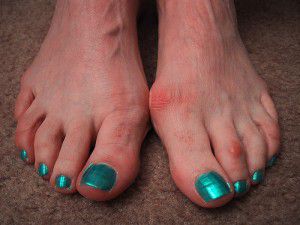
Bunions or even tailor's bunions can be extremely painful and difficult to find fitted shoe gear. There is a definite genetic component to the development of bunions themselves. In addition we see certain shoe gear or activities can increase can increase the size of bunions. Anything that puts increased forefoot pressure creates increased force to the bunions themselves. I often times will recommend a course of conservative care for people that have not tried these options for their bunions.
At our clinic, we created a special protocol for bunion patients and have extremely successful options for conservative bunion care. There are many great stretching and strengthening exercises for the foot structure. In addition there is a plethora of options including prescription orthotics that our clinic specializes in to control the development of the bunion. In addition we have many different options for bunions that are starting to produce pain and arthritic deformities of the foot. Our clinic takes the latest scientific research in conjunction with years of experience to maximize the outcome of conservative bunion options. If you continue to suffer from bunion pain and wanted to explore conservative options, give us a call at 425-391-8666 or schedule an appointment online.
Dr. Brandon Nelson Discusses Why We Have the Best Options for Pain Control After Bunion Surgery

Bunion surgery provides great outcomes for patients that want relief from foot pain. Foot pain associated with a bunion can be very difficult to manage from a conservative standpoint. A lot of patients have tried getting bigger or wider shoes, which can create more room for the bunion to grow and make the situation worse. Patients will also apply pads, straps, splints or tape to the feet. This can be time consuming and cumbersome and again does nothing to fix or reverse the cause of bunions. The only way to actually fix the bunion is surgically. Bunion surgery has come a long way there are now new techniques we utilize to decrease down times and post-operative pain.
New techniques offer shorter recoveries and quicker returns to activity. Pain control can be challenging for both patients and physicians that are not as familiar as we are with modern techniques and medications. We use a long acting anesthetic to make the foot numb and prescribe different medications based on each individual patient and procedure performed. We have taken years to perfect our pain control regime and find the majority of our patient’s rate their pain as being well controlled. If you are contemplating bunion surgery come see us. With our pain control regime, onsite surgical center and years of experience this will create the best possible experience for you.
If you have bunion pain, give us a call today at 425-391-8666 or make an appointment online.
Dr. Brandon Nelson Discusses What Causes a Bunion and How To Fix it Once and For All

Some patients begin to notice a bump that is developing on the inside of their foot. They start to get pain with walking and exercise and they wonder what is happening. Often a patient will visit the shoe store or seek advice from nonmedical personnel as to what it is. It is important when been dealing with medical issues to seek the advice of someone who has had years of training and experience in that particular field. Your foot and ankle health is essential for long-term well-being of your overall general health. Bunions are the most common cause of pain and irritation around the big toe joint. The bunion is a bony deformity that often appears as a protuberance around the joint.
The majority of bunion deformities are an inherited foot structure. Patients can often trace to other relatives that have similar foot conditions. The pathology itself continues to progress with time and there is no conservative measures that reduce or correct the deformity. It is important to understand that conservative measures can sometimes help alleviate pain and increase overall functional performance. However, the bunion can only be fixed surgically. The surgical procedures depend on the patient’s overall foot structure, degree of deformity and activity levels. All bunion deformities that require surgical correction are done in the office and no longer require any hospitalization. All bunion procedures that we perform at Issaquah Foot and Ankle Specialists allow patients to be weight bearing and do not require prolonged periods using crutches or knee scooters. If you have a bunion deformity and would like to have it evaluated for either conservative or surgical measures please give us a call at 425-391-8666 or make an appointment online today.
- bunion
- bunion surgery
- bunion treatments
- bunion surgery issaquah
- bunion surgery seattle
- bunion surgery bellevue
- bunion doctor issaquah
- bunion doctor bellevue
- bunion doctor seattle
- bunion doctor
- podiatrist issaquah
- issaquah podiatrist
- issaquah foot and ankle specialists
- dr brandon nelson
- dr timothy young
Dr. Timothy Young Talks About Bunion Anatomy

Most bunion problems involve an alignment issue with the underlying bones. The first metatarsal and the great toe become out of typical alignment. The joint itself become subluxed and is then prone to arthritis and adaptive changes.
Bunions can develop an early age. This is called juvenile onset. This involves the first metatarsal shifting away from the adjacent second metatarsal and the foot becomes wider. In some cases this involves a splayfoot. Also there is more risk of bunion formation when there is underlying metatarsus adductus. This is a genetic inherited foot structure. It is common to see other family members that have a bunion. Often times you can look to let say your mother or grandmother and find that they also have a bunion, because of this genetic pattern.
Tight shoes can speed the process up and make things worse! However, in general, you are born with a foot type that is prone to a bunion.
If you have concerns about a bunion, give us a call at 425-391-8666 or make an appointment online!
Dr. Timothy Young and Dr. Brandon Nelson.
Dr. Brandon Nelson Discusses Treating Bunions Without Surgery
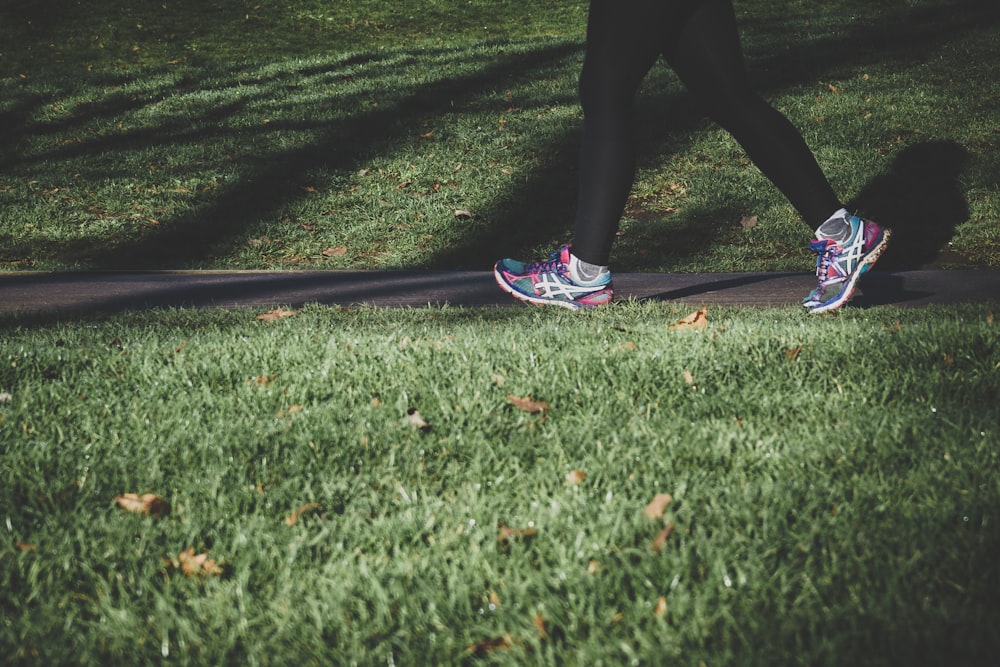
Treating bunions without surgery can be fairly challenging for patients that currently have pain or difficulty fitting shoe gear. Bunions or bone deformity can be inherited from your mom or dad. It is not uncommon for bunions to begin early in adolescence and continuing to develop into adulthood. Patients are often interested in conservative measures that are available to help with bunion pain. It is important to note that there are no conservative measures that are going to fix your bunion deformity.
Quite a few patients come in with all sorts of strapping devices and splinting devices from the Internet. None of these tools fixture bunion or change the shape of your bunion as this deformity is a malalignment of a joint and bone. However, it should be noted that we have many options for people that are having bunion pain and do not want to have surgery performed. The most important issues to address are the mechanical instability and the joint pain. Often times stabilize the foot structure can significantly helped slow the deformity and reduce the pain. There are many options for the arthritic joint that can provide long-term relief. In office evaluation and x-ray are central to recognizing what type of bunion is developing how to best rectify the pain. At Issaquah Foot and Ankle Specialists we have seen thousands of bunions and have many different options available to save the patient’s lifestyle. Please give us a call at 425-391-8666 or make an appointment online if you have bunion pain.
- bunion
- bunion pain
- bunion no surgery
- bunion treatment
- bunion doctor issaquah
- bunion doctor bellevue
- bunion doctor seattle
- bunion doctor mercer island
- bunion specialist
- bunion specialist issaquah
- bunion specialist bellevue
- dr brandon nelson
- dr timothy young
- issaquah podiatrist
- issaquah foot and ankle specialists
- best foot doc



